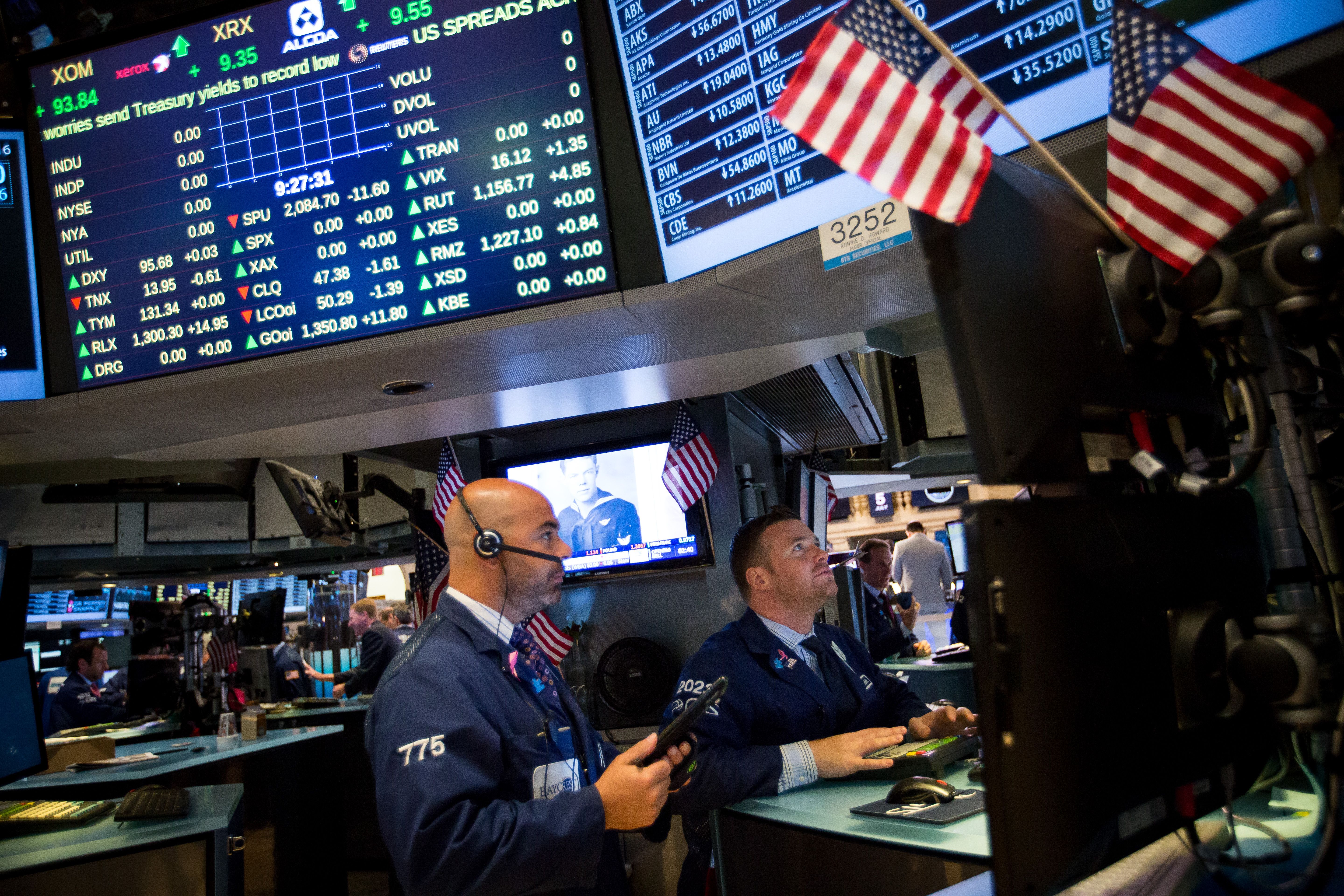World stock markets took a fresh hit on Friday, February 9, as nerves about rising borrowing costs and soaring volatility put them on course for their worst week since the height of euro zone crisis.
For MSCI’s broadest index of world shares, the 47-country ACWI the slump was 6.2 percent, which as long as it is still more than 6.1 percent when U.S. markets close later will be the biggest loss since September 2011.
European bourses saw relatively minor early losses but China’s overnight plunge had gouged at confidence again after the second 1,000 point loss of the week for the U.S. Dow Jones Industrial had sent it into official correction territory.
Capital flow figures also showed a record $30 billion had already been yanked out of stocks during the rout, though even after that, Bank of America’s closely followed “Bull & Bear” indicator was still flashing red and warning investors to sell.
“After the moves earlier this week market investor sentiment is fragile and because of this we aren’t expecting the markets to immediately start moving higher once again,” said J.P. Morgan Asset Management Global Market Strategist Kerry Craig.
“But given that U.S. markets are now in correction territory – with a 10 percent drop since the market peak in January – it’s likely that the most severe gyrations will hopefully have passed,” he added as U.S. futures turned higher.
There was limited reaction as the U.S. government staggered into another shutdown after lawmakers failed to meet a funding deal deadline, but it did play into many of the overarching market concerns that have taken hold this month.
The yield on benchmark 10-year U.S. Treasuries, which tends to be the driver of global borrowing costs, was hovering at 2.86 percent just short of both Thursday peak and Monday’s four-year high of 2.885 percent.
Europe’s mainstay – German Bunds – were barely budging too at 0.70 percent, as their recent rise in yields left them flirting with another weekly rise, which would mark their longest run of weekly gains in 16 years.
Higher yields are seen hurting equities as they increase loan costs for companies and ultimately consumers. They also present an alternative to investors who may reallocate some funds to bonds from equities.
On top of pressure from the drop in global shares, Chinese equities had also been hurt by traders closing positions ahead of the Lunar New Year holidays which begin next week.
The Shanghai Composite Index had tumbled as much as 6.0 percent to its lowest since May 2017, and the blue chip CSI300 index dived as 6.1 percent.
Both indexes had pruned the losses to just over 4 percent by the time they closed, but it was still their largest single-day losses since February 2016.
Frank Benzimra, head of Asia equity strategy at Societe Generale in Hong Kong, said he now was neutral on China equities due to two concerns: valuations on China-consumer related industries and execution risks on deleveraging, especially financial deleveraging.
Japan’s Nikkei had also shed 2.3 percent, en route to a weekly loss of 8.1 percent – its biggest since February 2016 too.
At that point markets where being slammed by worries about Greek debt default and a collapse of the euro zone. The Federal Reserve was also starting one of its mass bond buying programs.
“The correction phase in equities could last through February and possibly into March,” said Masahiro Ichikawa, senior strategist at Sumitomo Mitsui Asset Management in Tokyo.
Oil was still slippy with U.S. crude futures down 1.1 percent at $60.53 per barrel after hitting a seven-week trough of $60.27 on Thursday. Brent crude fell for a sixth straight day too to 0.7 percent to $64.37 per barrel.













